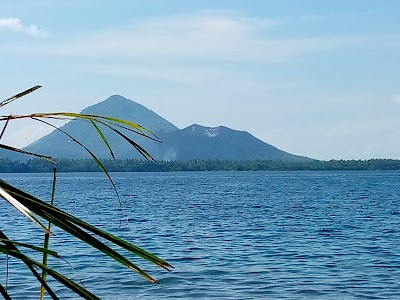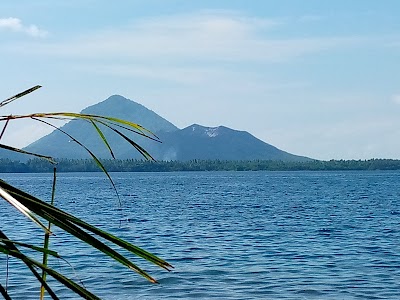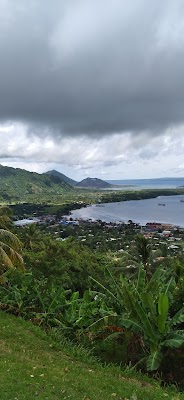Rabaul Volcano (Rabaul Volcano)
Overview
Rabaul Volcano, nestled in the stunning East New Britain province of Papua New Guinea, is a breathtaking natural wonder that enchants visitors with its dramatic landscapes and rich history. Renowned for its active volcanic status and the catastrophic eruptions that have drawn global attention, Rabaul Volcano stands as both a geological marvel and a culturally significant destination.
Volcanic Features and History
The Rabaul Volcano complex consists of several overlapping calderas and cones, with Tavurvur and Vulcan being the most notable. The volcanic history of Rabaul stretches back thousands of years, but it garnered international fame in September 1994 when simultaneous eruptions from Tavurvur and Vulcan devastated the nearby town of Rabaul. This catastrophic event buried the town under volcanic ash, forcing thousands of residents to evacuate and causing widespread destruction.
Before the eruption, Rabaul was a key commercial and administrative hub in East New Britain. Although much of the town's infrastructure has since relocated to Kokopo, Rabaul retains a resilient spirit and an air of historical significance. A visit today offers a poignant glimpse into the raw power of nature and the tenacity of the human spirit as the town endeavors to rebuild and flourish in a volatile environment.
Adventure and Volcanic Exploration
For adventurous travelers, Rabaul Volcano presents a unique opportunity to witness active volcanic phenomena up close. Tavurvur continues to emit ash and steam, and visitors can join guided tours to trek the volcano's slopes. The striking sight of smoke billowing from the crater, paired with the stark, lunar-like landscape molded by volcanic ash, guarantees an unforgettable experience. Additionally, the nearby Rabaul Volcanological Observatory offers valuable insights into the region's volcanic activity and the ongoing efforts to monitor and mitigate volcanic hazards.
Historical Significance
History enthusiasts will find Rabaul particularly captivating due to its pivotal role during World War II. Once a major Japanese base, the remnants of wartime bunkers, tunnels, and wrecks still dot the landscape. The War Museum in Rabaul houses a remarkable collection of wartime relics, providing a deeper understanding of the town's strategic importance during the conflict. Touring these historical sites creates a tangible connection to the past and serves as a sobering reminder of the impacts of global conflicts.
Cultural Heritage
Despite its tumultuous history, Rabaul boasts a vibrant cultural heritage. The indigenous Tolai people have a rich tradition of music, dance, and art, proudly sharing their culture with visitors. Traditional Tolai music, performed with bamboo flutes and kundu drums, creates an enchanting atmosphere that highlights the community's deep connection to their land and ancestry. Visitors can engage with local artisans and witness the creation of intricate carvings and traditional artifacts, providing a truly immersive experience.
Natural Wonders
Nature lovers will find the surrounding area of Rabaul to be a treasure trove of biodiversity. The lush rainforests, pristine beaches, and vibrant coral reefs offer an abundance of outdoor activities. Snorkeling and diving enthusiasts can explore the crystal-clear waters of Simpson Harbour, which teem with colorful marine life and the remnants of sunken wartime vessels. Birdwatchers can venture into the forested hills to spot endemic species and revel in the serene beauty of the landscape.
Rabaul's unique blend of natural beauty, historical significance, and cultural richness makes it a compelling destination for travelers. Whether you are drawn by the raw power of active volcanism, the poignant history of wartime conflicts, or the vibrant traditions of the Tolai people, Rabaul promises an experience that is both educational and awe-inspiring. As you explore this remarkable region, you will gain a deeper appreciation for its resilience and enduring allure in the face of natural and historical upheavals.








